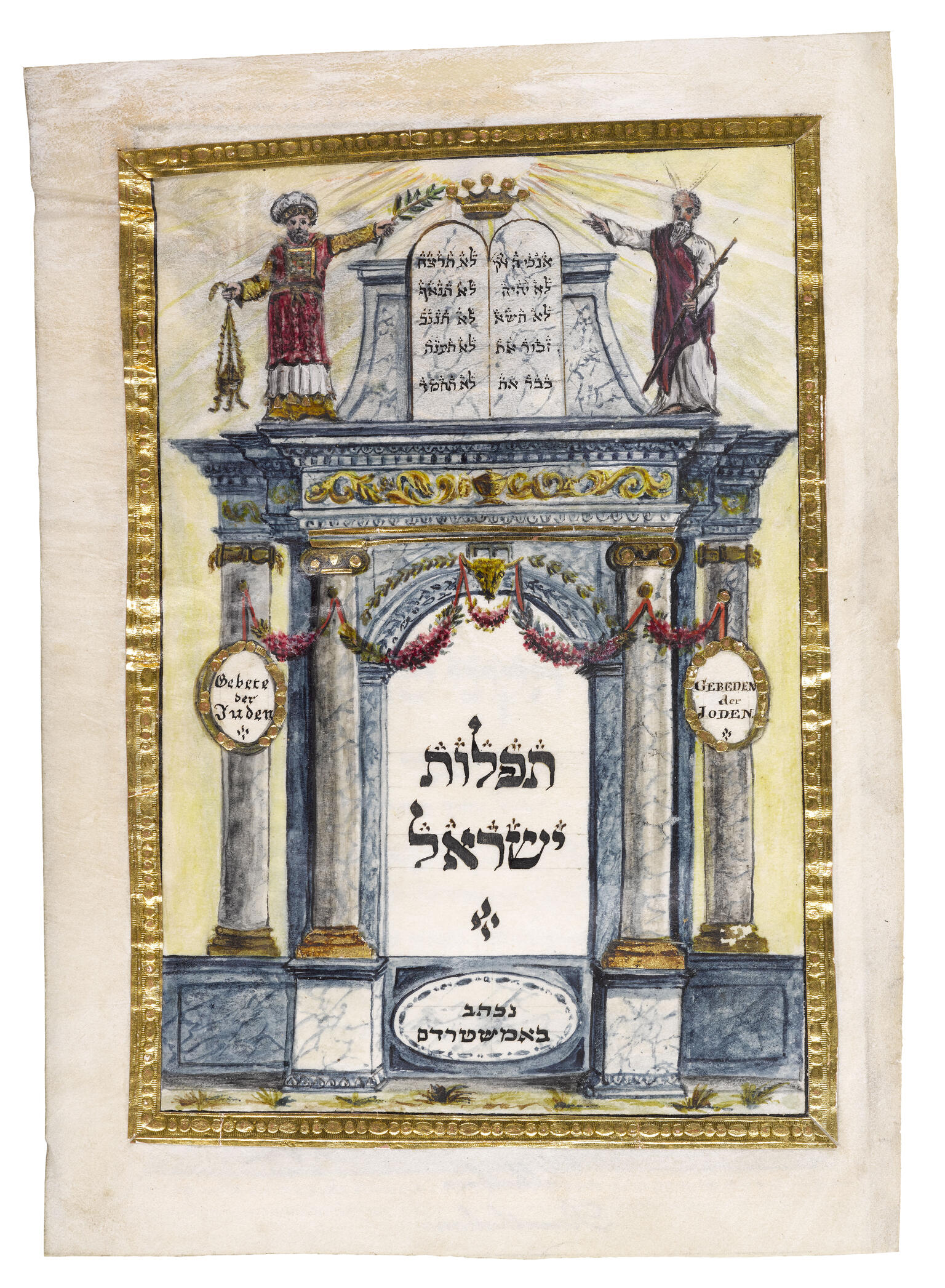Illustrated Daily Prayer Book
Hijman (Ḥayim ben Mordecai), Marcus, and Anthonie Binger
1820
Following his retirement, Hijman Binger created a daily prayer book, drawing its texts from well-known sources and illustrating the manuscript with the help of his children. Completed in 1820, the prayer book is a striking example of a handwritten, illuminated Hebrew manuscript from the early nineteenth century.
Credits
Bibliotheca Rosenthaliana, Special Collections of the University of Amsterdam.
Published in: The Posen Library of Jewish Culture and Civilization, vol. 6.
You may also like
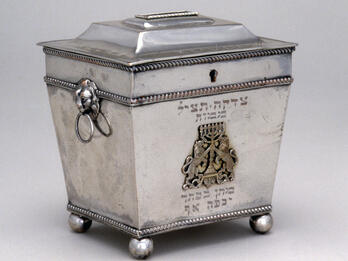
Alms Container
This alms container from Charleston, South Carolina, is made of cast and engraved silver. The cartouche on the front features two rampant lions flanking a menorah. The Hebrew inscriptions read:…
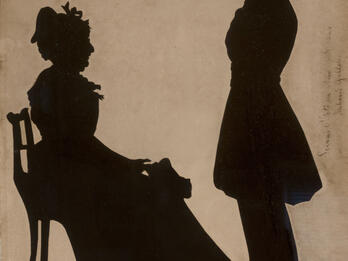
Grace Mendes Seixas Nathan (Mrs. Simon Nathan) and Her Son Seixas Nathan
Grace Mendes Seixas Nathan was born in Connecticut in 1752 to a patriotic, literary Jewish family. In 1780, she married the British merchant Simon Nathan, a supporter of the American Revolution who…

Medal from Dedication of the Munich Synagogue in 1826
I. W. Loewenbach’s medal commemorating the dedication of the new synagogue in Munich (1826) is among the earliest German synagogue medals. On one side of the medal, one sees the façade of the…
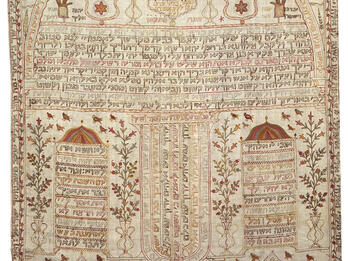
Torah Curtain
This Torah curtain was made in Ankara, Turkey. The motifs of a central menorah and hands making the priestly blessing were common in other Ottoman Jewish ritual folk art. Embroidered verses from the…
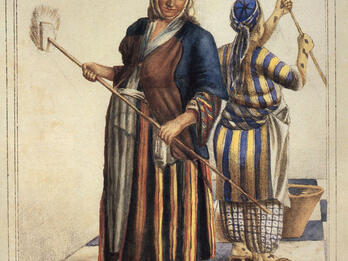
Jewish Women from Izmir Whitewashing
In the nineteenth century, especially in the era before photography, it was common for artists to travel to exotic or picturesque locations in Europe, North Africa, and the Near East, and to produce…
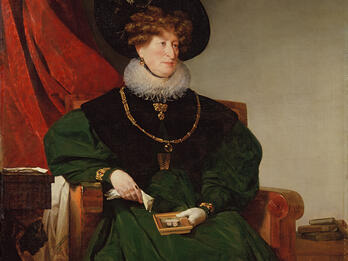
Portrait of Cecilie Freiin von Eskeles
Cecilie Freiin von Eskeles (1760–1836) was noted for her salon, which attracted leading musical, literary, and intellectual figures. Daughter of the court Jew Daniel Itzig, she brought the Berlin…
Engage with this Source
Creator Bio
Hijman (Ḥayim ben Mordecai), Marcus, and Anthonie Binger
Hijman, 1756–1830; Marcus and Anthonie, 18th–19th Centuries
Born in Amsterdam in the mid-eighteenth century, Hijman Binger worked initially as a bookkeeper, and then in a clothing rental business. He is known for a prayer book that he compiled and illustrated after his retirement with his two sons, Marcus and Anthonie, about whom nothing else is known.
You may also like

Alms Container
This alms container from Charleston, South Carolina, is made of cast and engraved silver. The cartouche on the front features two rampant lions flanking a menorah. The Hebrew inscriptions read:…

Grace Mendes Seixas Nathan (Mrs. Simon Nathan) and Her Son Seixas Nathan
Grace Mendes Seixas Nathan was born in Connecticut in 1752 to a patriotic, literary Jewish family. In 1780, she married the British merchant Simon Nathan, a supporter of the American Revolution who…

Medal from Dedication of the Munich Synagogue in 1826
I. W. Loewenbach’s medal commemorating the dedication of the new synagogue in Munich (1826) is among the earliest German synagogue medals. On one side of the medal, one sees the façade of the…

Torah Curtain
This Torah curtain was made in Ankara, Turkey. The motifs of a central menorah and hands making the priestly blessing were common in other Ottoman Jewish ritual folk art. Embroidered verses from the…

Jewish Women from Izmir Whitewashing
In the nineteenth century, especially in the era before photography, it was common for artists to travel to exotic or picturesque locations in Europe, North Africa, and the Near East, and to produce…

Portrait of Cecilie Freiin von Eskeles
Cecilie Freiin von Eskeles (1760–1836) was noted for her salon, which attracted leading musical, literary, and intellectual figures. Daughter of the court Jew Daniel Itzig, she brought the Berlin…


